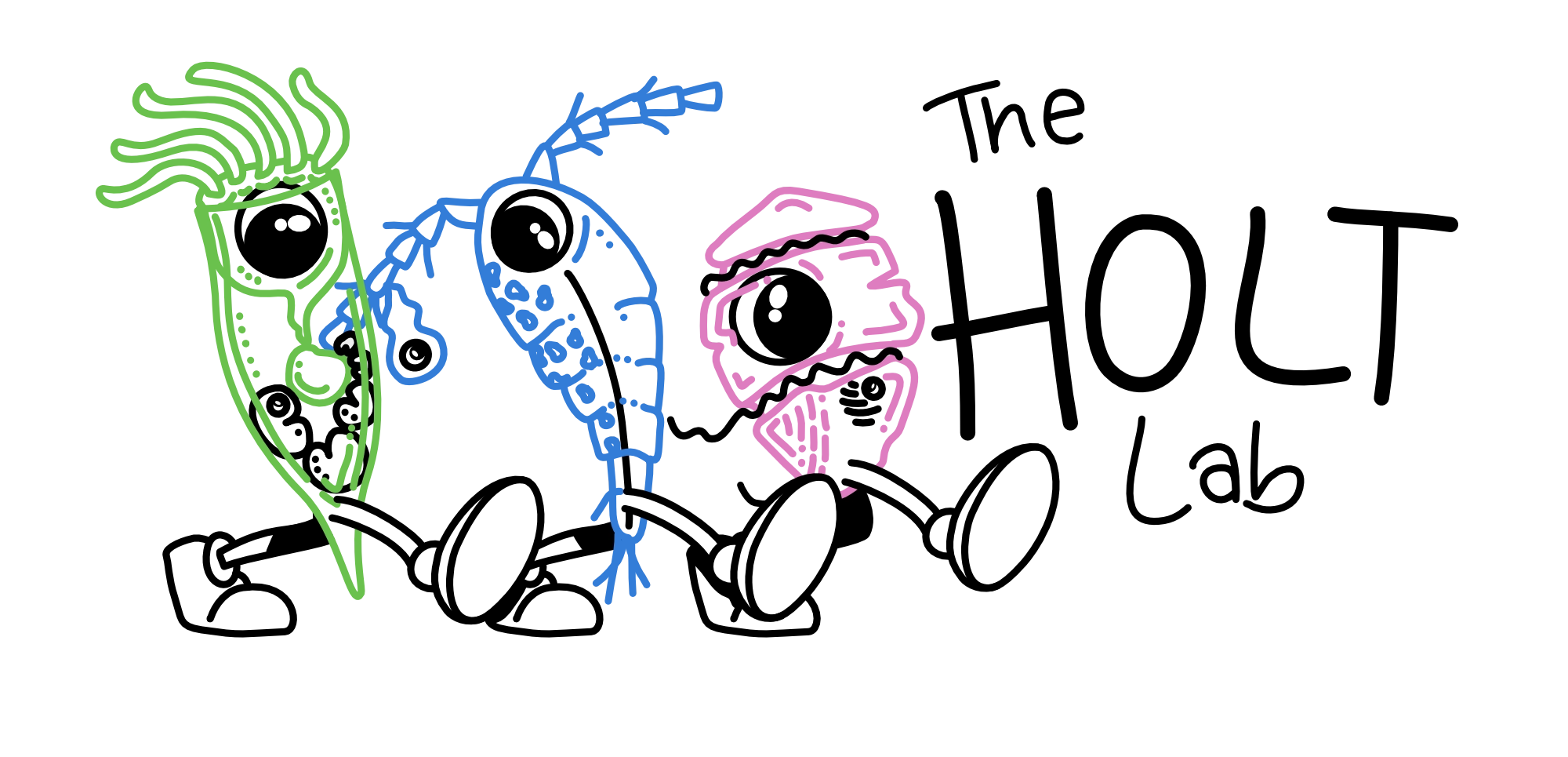Holt CC, Hehenberger E, Tikhonenkov DV, Jacko-Reynolds VKL, Okamoto N, Cooney EC, Irwin NAT, Keeling PK. *Equal Contribution
Microbial eukaryotes are important components of marine ecosystems, and the Marine Alveolates (MALVs) are consistently both abundant and diverse in global environmental sequencing surveys. MALVs are dinoflagellates that are thought to be parasites of other protists and animals, but the lack of data beyond ribosomal RNA gene sequences from all but a few described species means much of their biology and evolution remain unknown. Using single-cell transcriptomes from several MALVs and their free-living relatives, we show that MALVs evolved independently from two distinct, free-living ancestors and that their parasitism evolved in parallel. Phylogenomics shows one subgroup (MALV-II and -IV, or Syndiniales) is related to a novel lineage of free-living, eukaryovorous predators, the eleftherids, while the other (MALV-I, or Ichthyodinida) is related to the free-living predator Oxyrrhis and retains proteins targeted to a non-photosynthetic plastid. Reconstructing the evolution of photosynthesis, plastids, and parasitism in early-diverging dinoflagellates shows a number of parallels with the evolution of their apicomplexan sisters. In both groups, similar forms of parasitism evolved multiple times and photosynthesis was lost many times. By contrast, complete loss of the plastid organelle is infrequent and, when this does happen, leaves no residual genes.
Read the paper here
Holt CC, Hehenberger E, Tikhonenkov DV, Jacko-Reynolds VK, Okamoto N, Cooney EC, Irwin NA, Keeling PJ. Multiple parallel origins of parasitic Marine Alveolates. Nature Communications. 2023 Nov 3;14(1):7049.
